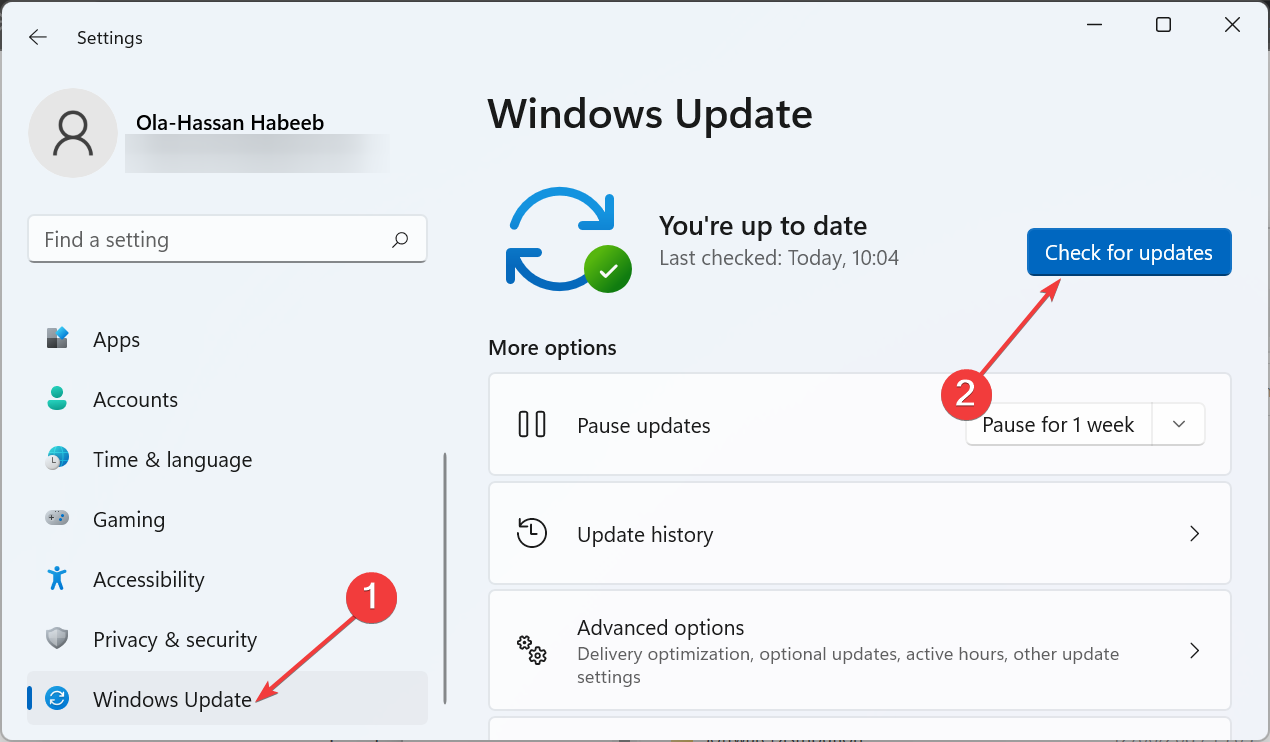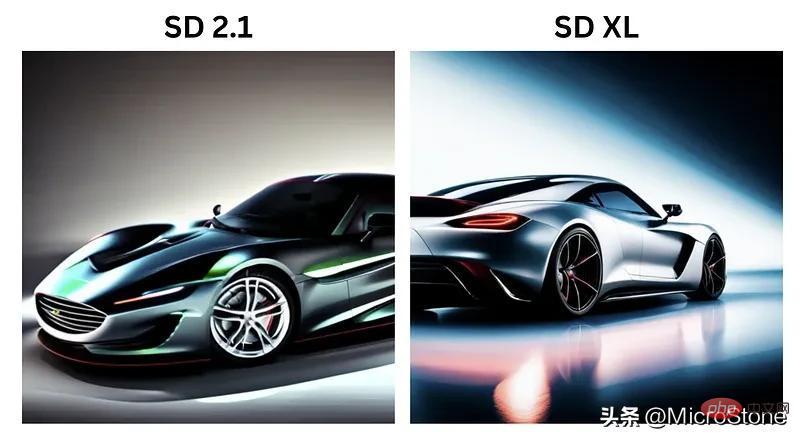I am very excited to see the new version of ThinkPHP 3.0, because it proposes many new concepts, such as CBD mode and AOP programming ideas. Focus on summarizing these two new concepts.
CBD knowledge
Quoting the official manual: ThinkPHP version 3.0 introduces a new CBD (Core + Behavior + Driver) architecture model, because from the bottom, the framework adopts the core + behavior + driver architecture system, and the core retains the most critical parts, and Labels are set at important positions for marking, and other functions are combined using behavioral extensions and drivers. Developers can extend or replace a certain label position according to their own needs, and can easily customize the bottom layer of the framework. You can add your own label positions and add application rows in the application layer. The label position is similar to the "aspect" in the AOP concept, and the behaviors are programmed around this "aspect". If the system's built-in core extensions are regarded as a standard mode, then users can customize all these behaviors. Packaged into a new pattern, so in ThinkPHP, it is called pattern extension. In fact, pattern extension can not only replace and add behaviors, but also replace and modify the underlying MVC to achieve customized purposes. Using this new feature, developers can easily customize a development framework for themselves or their companies through pattern extensions. The new version of pattern extensions is the master of framework extensions and creates a new milestone. This is exactly That’s the real beauty of the new version.
AOP recognition
Quote from the official manual:
AOP (Aspect-Oriented Programming, aspect-oriented programming) can be said to be the supplement and improvement of OOP (Object-Oriented Programming, object-oriented programming). OOP introduces concepts such as encapsulation, inheritance, and polymorphism to establish an object hierarchy to simulate a collection of public behaviors. When we need to introduce public behavior to dispersed objects, OOP is powerless. In other words, OOP allows you to define relationships from top to bottom, but it is not suitable for defining relationships from left to right. For example, the logging function. Logging code tends to be spread horizontally across all object hierarchies, having nothing to do with the core functionality of the objects it's spread to. The same is true for other types of code, such as security, exception handling, and transparent persistence. This kind of irrelevant code scattered everywhere is called cross-cutting code. In OOP design, it leads to the duplication of a large amount of code and is not conducive to the reuse of various modules. AOP technology is just the opposite. It uses a technology called "cross-cutting" to dissect the inside of the encapsulated object and encapsulate the public behaviors that affect multiple classes into a reusable module and name it. is "Aspect", that is, aspect. The so-called "aspect", simply put, is to encapsulate the logic or responsibilities that have nothing to do with the business but are jointly called by the business modules, so as to reduce the duplication of code in the system, reduce the coupling between modules, and facilitate future reliability. Operability and maintainability. AOP represents a horizontal relationship. If the "object" is a hollow cylinder, which encapsulates the properties and behavior of the object; then the aspect-oriented programming method is like a sharp knife, cutting these hollow cylinders into pieces. Open it to get its internal information. The cut sections are the so-called "aspects". Then it restored these cut sections with uncanny skills, leaving no trace.
Using "cross-cutting" technology, AOP divides the software system into two parts: core concerns and cross-cutting concerns. The main process of business processing is the core concern, and the part that has little relationship with it is the cross-cutting concern. One characteristic of cross-cutting concerns is that they often occur in multiple places in the core concern, but are basically similar everywhere. Such as authority authentication, logging, and transaction processing. The role of Aop is to separate various concerns in the system, separating core concerns and cross-cutting concerns. As Adam Magee, senior solution architect at Avanade, said, the core idea of AOP is to "separate the business logic in the application from the common services that support it."
Personal understanding: AOP is a programming idea, which is to make some functional modules that need to be reused throughout the project into aspects one by one, so that we will not write code repeatedly in this project. CBD is the implementation of AOP thinking. Some functions that need to be used (the so-called aspects) are written into Behaviors one by one. In this way, we only need to use this behavior. There is only one method that can be called for this behavior. run, the behaviors of other Behavior classes are private attributes. Moreover, this calling method is encapsulated into the method B($name, &$param). When we call the aspect behavior, we only need to execute the B method. (This form is very consistent with the idea of dependency injection, and the advantage is to achieve code decoupling).
So, if you use ThinkPHP2.X, how can you make better use of these good programming ideas without changing the framework? Before starting a project, you must first make an overall plan for the project. For example, for some recurring behaviors, such as project-level special verification of data, you can make it into a aspect (Behavior), so that we only need to reuse this section.
I have probably read ThinkPHP 3.0, and I personally feel that there is not much difference between 3.0 and 2. Take advantage of the nutrients and use them in your daily programming
 如何在技嘉主板上设置键盘启动功能 (技嘉主板启用键盘开机方式)Dec 31, 2023 pm 05:15 PM
如何在技嘉主板上设置键盘启动功能 (技嘉主板启用键盘开机方式)Dec 31, 2023 pm 05:15 PM技嘉的主板怎么设置键盘开机首先,要支持键盘开机,一定是PS2键盘!!设置步骤如下:第一步:开机按Del或者F2进入bios,到bios的Advanced(高级)模式普通主板默认进入主板的EZ(简易)模式,需要按F7切换到高级模式,ROG系列主板默认进入bios的高级模式(我们用简体中文来示范)第二步:选择到——【高级】——【高级电源管理(APM)】第三步:找到选项【由PS2键盘唤醒】第四步:这个选项默认是Disabled(关闭)的,下拉之后可以看到三种不同的设置选择,分别是按【空格键】开机、按组
 CS玩家的首选:推荐的电脑配置Jan 02, 2024 pm 04:26 PM
CS玩家的首选:推荐的电脑配置Jan 02, 2024 pm 04:26 PM1.处理器在选择电脑配置时,处理器是至关重要的组件之一。对于玩CS这样的游戏来说,处理器的性能直接影响游戏的流畅度和反应速度。推荐选择IntelCorei5或i7系列的处理器,因为它们具有强大的多核处理能力和高频率,可以轻松应对CS的高要求。2.显卡显卡是游戏性能的重要因素之一。对于射击游戏如CS而言,显卡的性能直接影响游戏画面的清晰度和流畅度。建议选择NVIDIAGeForceGTX系列或AMDRadeonRX系列的显卡,它们具备出色的图形处理能力和高帧率输出,能够提供更好的游戏体验3.内存电
 轻量化版 Win 11 – Tiny11 2311 正式推出:只占 8GB 空间Nov 27, 2023 pm 02:06 PM
轻量化版 Win 11 – Tiny11 2311 正式推出:只占 8GB 空间Nov 27, 2023 pm 02:06 PM一款基于Windows11最新版本23H2的轻量化系统「Tiny112311」正式推出,提供了更精简的系统体验。该系统去除了许多不必要的组件和高硬件要求,使得安装后的占用空间仅需约8GB。Tiny112311集主要功能于一身作为基于最新Windows11版本23H2的产物,Tiny112311包含了微软引入的所有新功能,包括Copilot功能(需通过winget下载微软Edge,因为没有预装浏览器)、原生RAR支持、重新设计的音量滑块、设定应用中的RGB控制等。与之前的Tiny11版本相比,23
 主板上的数字音频输出接口-SPDIF OUTJan 14, 2024 pm 04:42 PM
主板上的数字音频输出接口-SPDIF OUTJan 14, 2024 pm 04:42 PM主板上SPDIFOUT连接线序最近我遇到了一个问题,就是关于电线的接线顺序。我上网查了一下,有些资料说1、2、4对应的是out、+5V、接地;而另一些资料则说1、2、4对应的是out、接地、+5V。最好的办法是查看你的主板说明书,如果找不到说明书,你可以使用万用表进行测量。首先找到接地,然后就可以确定其他的接线顺序了。主板vdg怎么接线连接主板的VDG接线时,您需要将VGA连接线的一端插入显示器的VGA接口,另一端插入电脑的显卡VGA接口。请注意,不要将其插入主板的VGA接口。完成连接后,您可以
 修复:任务栏溢出在 Windows 11 上不起作用Jul 18, 2023 am 09:41 AM
修复:任务栏溢出在 Windows 11 上不起作用Jul 18, 2023 am 09:41 AM当Windows11任务栏溢出功能停止工作时,用户将丢失重要的自定义选项。这是因为该功能允许您将尽可能多的应用程序添加到任务栏并轻松启动它们。虽然这个问题可能令人沮丧,但并不是最难解决的。在本综合指南中,我们准备了万无一失的方法,以使任务栏溢出功能再次正常工作。为什么任务栏溢出在Windows11上不起作用?正如用户报告的那样,有几个因素可能导致任务栏溢出在Windows11上不起作用。以下是一些值得注意的原因:过时的PC:过时的操作系统是此问题的主要原因。如果您使用高于Windows11预览体
 广联达软件电脑配置推荐;广联达软件对电脑的配置要求Jan 01, 2024 pm 12:52 PM
广联达软件电脑配置推荐;广联达软件对电脑的配置要求Jan 01, 2024 pm 12:52 PM广联达软件是一家专注于建筑信息化领域的软件公司,其产品被广泛应用于建筑设计、施工、运营等各个环节。由于广联达软件功能复杂、数据量大,对电脑的配置要求较高。本文将从多个方面详细阐述广联达软件的电脑配置推荐,以帮助读者选择适合的电脑配置处理器广联达软件在进行建筑设计、模拟等操作时,需要进行大量的数据计算和处理,因此对处理器的要求较高。推荐选择多核心、高主频的处理器,如英特尔i7系列或AMDRyzen系列。这些处理器具有较强的计算能力和多线程处理能力,能够更好地满足广联达软件的需求。内存内存是影响计算
 Stable Diffusion XL 现已推出—有什么新功能,你知道吗?Apr 07, 2023 pm 11:21 PM
Stable Diffusion XL 现已推出—有什么新功能,你知道吗?Apr 07, 2023 pm 11:21 PM3月27号,Stability AI的创始人兼首席执行官Emad Mostaque在一条推文中宣布,Stable Diffusion XL 现已可用于公开测试。以下是一些事项:“XL”不是这个新的AI模型的官方名称。一旦发布稳定性AI公司的官方公告,名称将会更改。与先前版本相比,图像质量有所提高与先前版本相比,图像生成速度大大加快。示例图像让我们看看新旧AI模型在结果上的差异。Prompt: Luxury sports car with aerodynamic curves, shot in a
 请推荐一款性价比较高的1155针CPUJan 14, 2024 pm 01:30 PM
请推荐一款性价比较高的1155针CPUJan 14, 2024 pm 01:30 PM求推荐1155针的cpu哪个最好当前性能最高的1155针CPU是IntelCorei7-3770K。它拥有4个核心和8个线程,基础频率为3.5GHz,并支持TurboBoost2.0技术,最高可达到3.9GHz。此外,它还搭载了8MB的三级缓存,是一款非常出色的处理器LGA1155针最强的CPUIntel酷睿i73770K。LGA1155接口为二三代酷睿处理器所使用的接口类型,性能最好的为Intel酷睿i73770K,这款处理器参数如下:1.适用类型:台式机;2.CPU系列:酷睿i7;3.CPU


Hot AI Tools

Undresser.AI Undress
AI-powered app for creating realistic nude photos

AI Clothes Remover
Online AI tool for removing clothes from photos.

Undress AI Tool
Undress images for free

Clothoff.io
AI clothes remover

AI Hentai Generator
Generate AI Hentai for free.

Hot Article

Hot Tools

Dreamweaver CS6
Visual web development tools

DVWA
Damn Vulnerable Web App (DVWA) is a PHP/MySQL web application that is very vulnerable. Its main goals are to be an aid for security professionals to test their skills and tools in a legal environment, to help web developers better understand the process of securing web applications, and to help teachers/students teach/learn in a classroom environment Web application security. The goal of DVWA is to practice some of the most common web vulnerabilities through a simple and straightforward interface, with varying degrees of difficulty. Please note that this software

WebStorm Mac version
Useful JavaScript development tools

Atom editor mac version download
The most popular open source editor

MinGW - Minimalist GNU for Windows
This project is in the process of being migrated to osdn.net/projects/mingw, you can continue to follow us there. MinGW: A native Windows port of the GNU Compiler Collection (GCC), freely distributable import libraries and header files for building native Windows applications; includes extensions to the MSVC runtime to support C99 functionality. All MinGW software can run on 64-bit Windows platforms.






